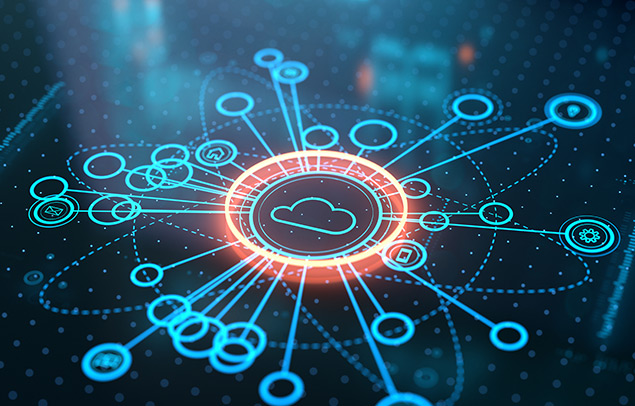3 Step Guide to Choosing the Right Disaster Healing Service
Whether it's a ransomware attack, a natural disaster, or corruption of a client's database, you want to ensure that your business's IT system can recuperate. Having a company connection and disaster recovery (BCDR) strategy is necessary. There are a myriad of BCDR options (on-premise, hybrid, or cloud-based), and it's important to choose the best one for your business needs. Here's what you should be keeping an eye out for when evaluating your next BCDR option.
Find the Right Business Continuity/Disaster Recovery Solution in 3 Steps:

1. Assess BCDR and DRaaS Solutions
One of the greatest aspects when choosing a BCDR solution is determining whether you'll outsource support or manage it internally. If you plan on contracting out assistance, you'll require to partner with a handled companies (MSP) that is proficient in continuity and compliance options. Because lots small business it support gold coast of BCDR services integrate cloud, software application, and hardware components - you'll need a procedure to support your virtual assets, local servers and desktops. BCDR hardware has numerous purposes including:
Hosting BCDR software
Sending server images to the cloud for catastrophe healing
Storing local copies of backup server images for routine restores
Acting as the main server throughout a failover, allowing service to continue throughout restorationBCDR software is used to automate and manage backup and recovery procedures. After a preliminary complete server backup, BCDR software application takes incremental pictures to create "healing points" or point-in-time server images. Healing points are used to bring back the state of a server or workstation to a specific point in time (before it failed or information was corrupted).
2. Look For BCDR Cloud Options
The best BCDR options have a cloud backup in addition to a healing element. This is since the cloud serves two purposes in a BCDR solution. The very first is to provide offsite storage space for server and workstation images utilized for brings back. The 2nd is to take over critical operations when a failover occurs.

Backups can be kept in your area - on an appliance or backup server in your information center - or remotely, in the cloud. For BCDR, it's best to keep copies of your backups in both locations. Simply put, if it's not possible to bring back a system locally, you can failover to the cloud. Likewise, your solution needs to deal with a variety of data repair scenarios, varying from restoring a couple of lost files to recovering from a total server failure or the damage of several servers and PCs. Restoring from local backups is faster, while the choice of failing over to the cloud offers you supreme security versus worst-case circumstances.
3. Address Security and Compliance Frameworks
A BCDR needs to resolve ransomware detection, point-in-time rollback capabilities, and data immutability. It's crucial to look for BCDR solutions that adhere to Service Organization Control (SOC 1/ SSAE 16 and SOC 2 Type II) reporting standards and feature two-factor authentication. This can help safeguard your information and lower the requirement for manual intervention. If you wish to find out how to keep your organization healthy and protected, reach out to us for a free IT assessment.